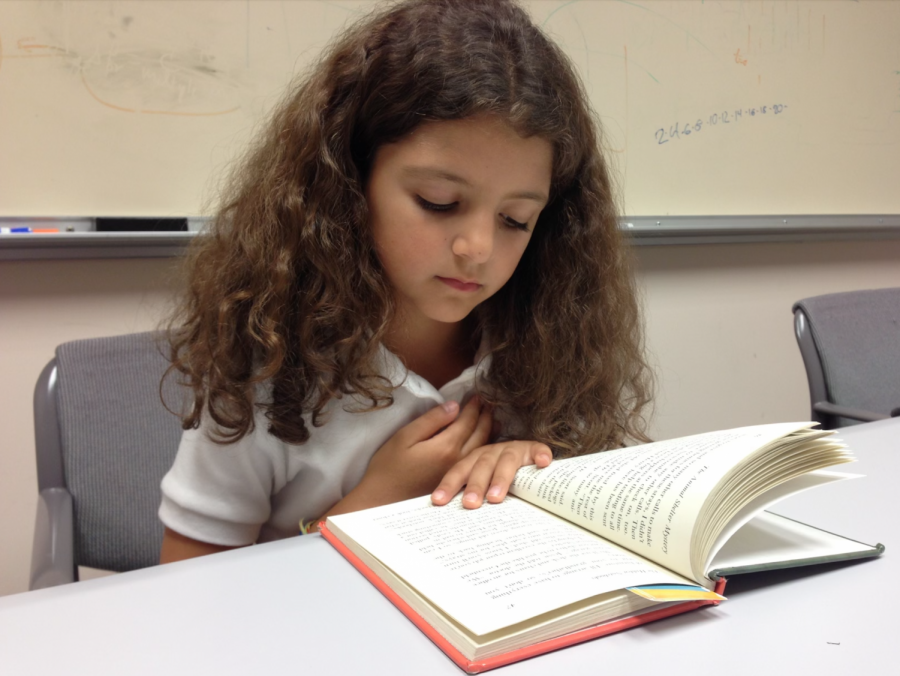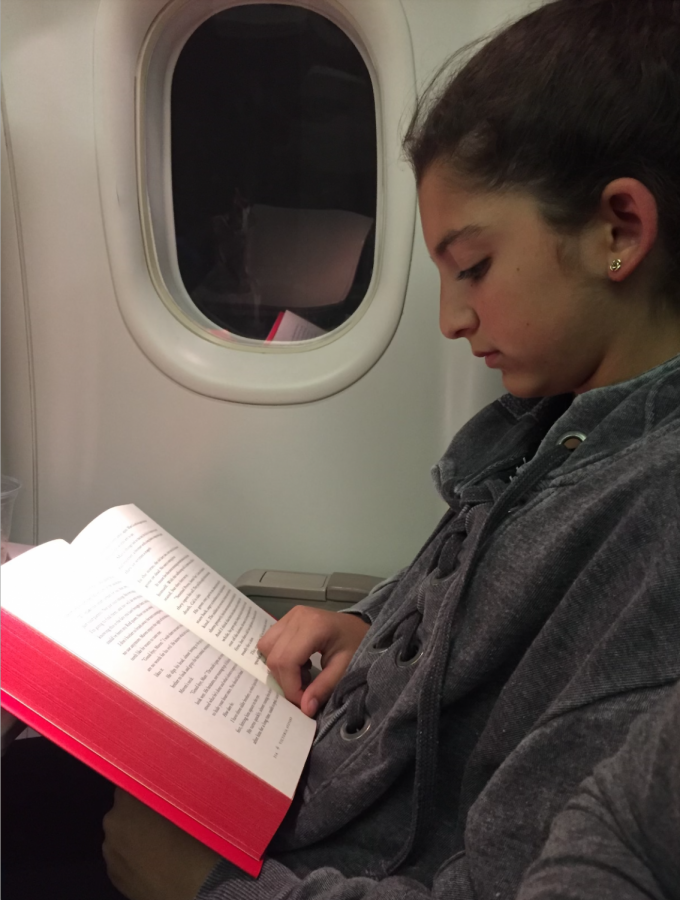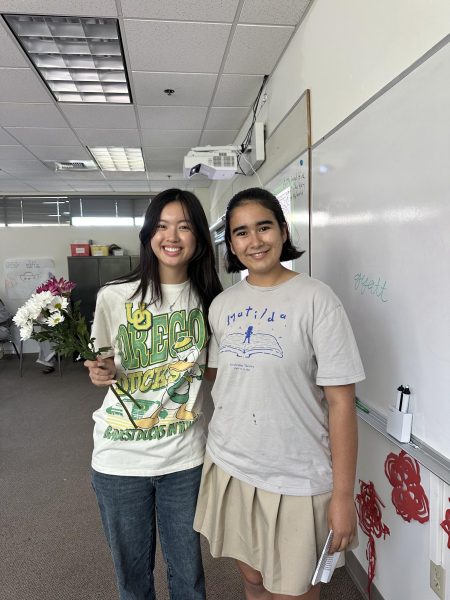Reflections on Coming of Age as a Reader
When Growing Up Means Growing Out of YA novels.
When I was younger, I was obsessed with romantic young adult novels. I loved reading about the forbidden love stories, the romantic getaways, and the decisions to abandon everything to be with one’s true love, a la Maddy in “Everything, Everything” or Jessie in “Tell Me Three Things.” But somewhere between my seventh grade and eighth grade years, I realized that all of these books featured the same type of characters, the same struggles, and even the same kind of book jackets. Two years ago, I happily binge-read the entire “To All the Boys I’ve Loved Before” trilogy in a weekend, but now I cannot read past the first page without cringing and wanting to throw the book across the room. What had changed? Was it the novels, or was it me?
As I look back, I realize that most of the books I read featured the typical alienated protagonist, the out-of-reach crush, and myriad family problems — all classic Cinderella stories. Even though the books I read were repetitive, they were a constant in my ever-changing life. When one of my closest friends iced me out, there was a brand new YA book on my bedside table. When my parents were fighting in the next room over, I pulled out a crisp hardcover and got to work. I didn’t realize it at the time, but the books were something I could come back to every single night. There was comfort in the happily ever after.
Simply put, the books were easy — easy to read and likely easy to write. They were the type of book that you finished and never thought of again. They were entertaining and simple; I could breeze through them.
In the middle of 7th grade, my mom recommended the book “Little Fires Everywhere.” This was one of the first books I had read in a long time that differed from the simple novels I had been reading. It was a book that made me think, “Oh, this is what life is really like.” There is not always a happy ending. The main characters, Mia and Elena, are both flawed, but I found myself simultaneously loving, hating, and understanding them both. In their struggle to understand their children and in their battles with each other, they both show their dark sides as well as their gifts and goodness. Neither of them is entirely good or bad, but their own unique shades of grey. Although the book features some classic YA elements, such as plowing through problems at school, falling for a popular boy, or having some teenage disaster occur in between Biology and chorus classes, it is much more than that. “Little Fires Everywhere” stood out against the sea of interchangeable books that I was reading. It was refreshing to read something that did not end happily; I was finally reading something that reflected the hard parts of my life.
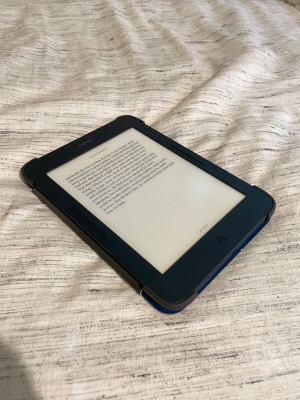
For the longest time, my comfort zone consisted of light hearted books that were generally told from the perspective of a teenage girl. I rarely, if ever, went outside of this comfort zone other than to read for school. Even if the problems in the books seemed big, the characters always found the perfect solution in the end. At the time, reading those YA books gave me hope that my problems would work themselves out. Every night when I picked up the book on my bedside table, I could be certain that everything would be okay by the last chapter, maybe even before.
It took me a long time to figure out that life is never that simple; problems do not just disappear, and people do not always get what they deserve. When my first dog was attacked and killed by a coyote, there was no happy ending. When I lost some of my closest friends because of a stupid argument, there was no easy way out. Happy endings are hard to come by, and although my life has its share of those, I have been gradually learning that life has as many thorns, if not more, as it does roses.
When I started to write this piece, I thought it would be about all of the problems with YA novels, such as the thinly developed characters and the cliche plotlines. Then, I thought that the problem was with me — I was so dumb to have read and enjoyed all of these simple, flimsy books.
At the beginning I asked myself: Was it the books? Or was it me? The answer is that it was neither. Those books were what I needed in sixth and seventh grade, when my body and personality were changing and I was trying to piece together the world around me as best as I could, but they are not what I need anymore, and that is okay. I feel guilty for judging that girl, who looked up methods to straighten curly hair, who wondered why she still fit into training bras when all her friends were getting upgrades, who wore sunglasses on her head every day to school because she thought they looked “cool.” She was, in a word, awkward.
No one ever wants to admit to being awkward. The only time adolescence is ever romanticized is in YA novels. The reality is just too painful. It is no wonder that the average twelve-year-old girl needs an escape from her body, her family, and her society. I realize now that what she needed was a little compassion, empathy, and comfort. What she needed was the hopeful optimism of a happy ending. She needed a YA novel, and they were there for her every time.
Maybe instead of being ashamed of my YA history, I should celebrate it. Those books are, after all, as much a part of who I was then as who I have become today. Just because I have outgrown them does not mean I cannot appreciate the role they played in my life. They were there when I needed them most, and what I needed and loved changed as my life changed and will continue to change as I do. That is what growing up is all about, right?
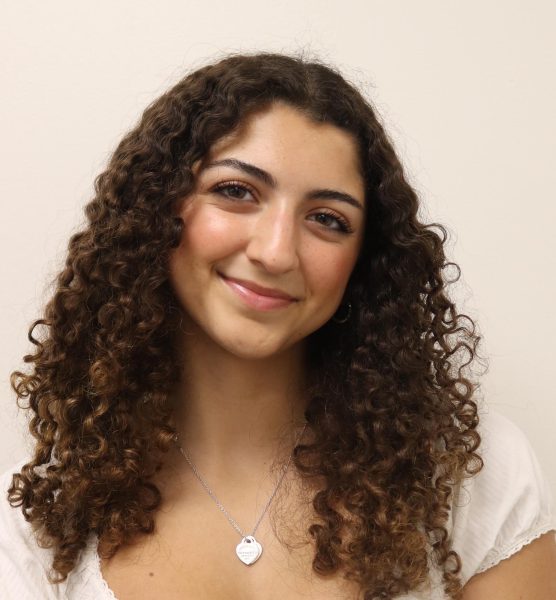
Daria is a senior in her fourth year on Spyglass and third year as an editor. Outside of Spyglass, you can find her reading (typically about quantum physics),...

















![Dr. Zanita Kelly, Director of Lower and Middle School, pictured above, and the rest of Westridge Administration were instrumental to providing Westridge faculty and staff the support they needed after the Eaton fire. "[Teachers] are part of the community," said Dr. Kelly. "Just like our families and students."](https://westridgespyglass.org/wp-content/uploads/2025/03/dr.-kellyyy-1-e1748143600809.png)











































